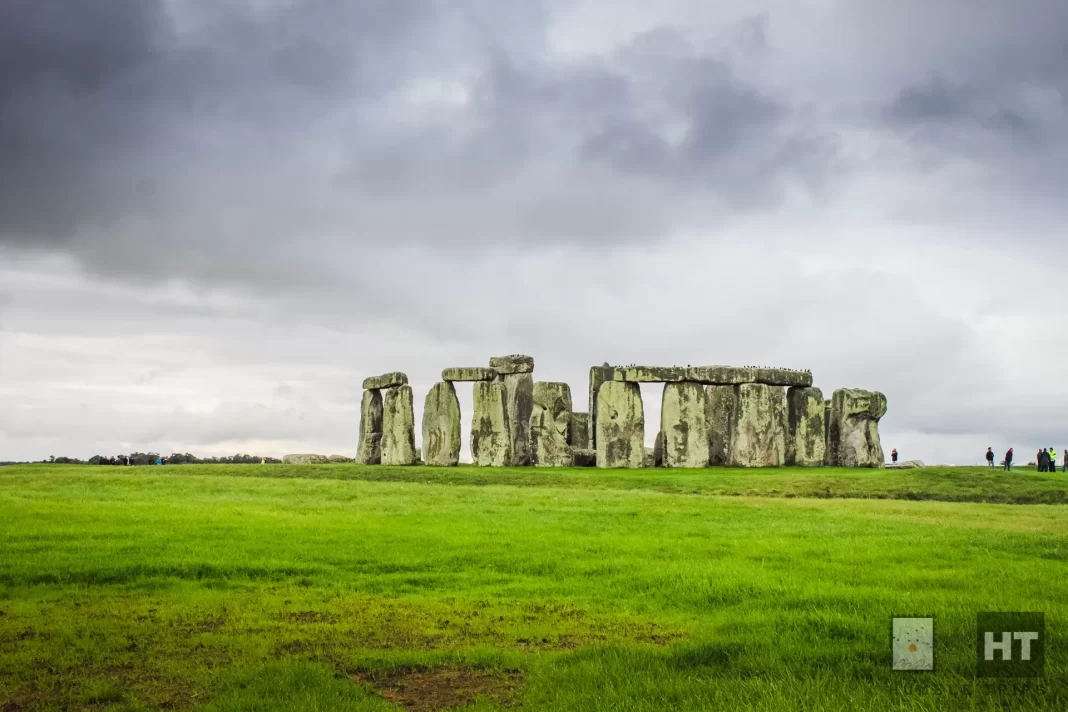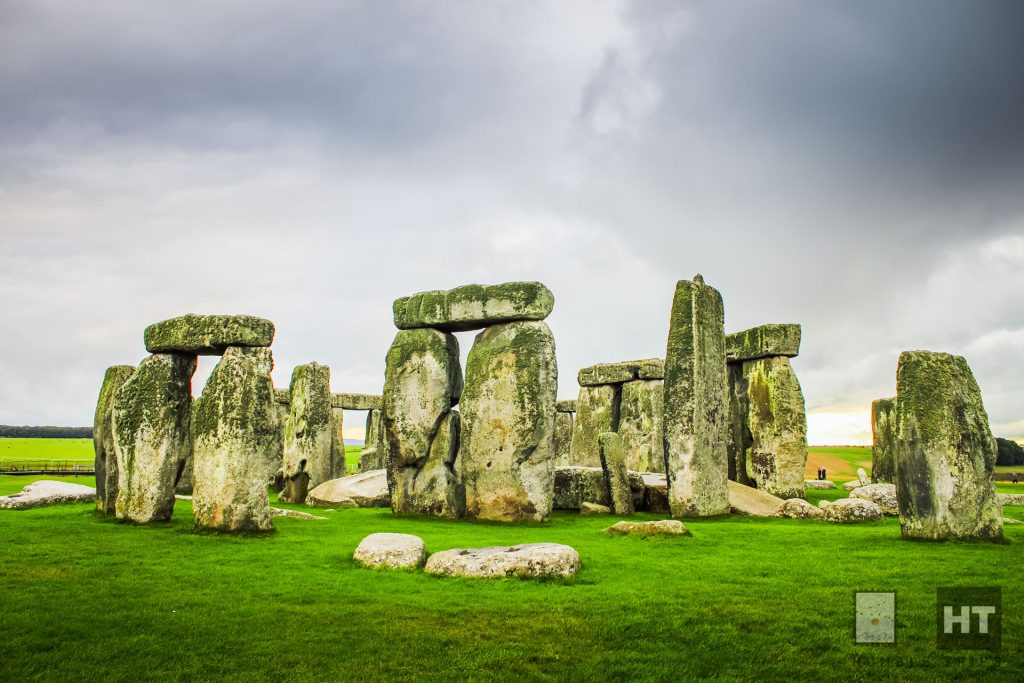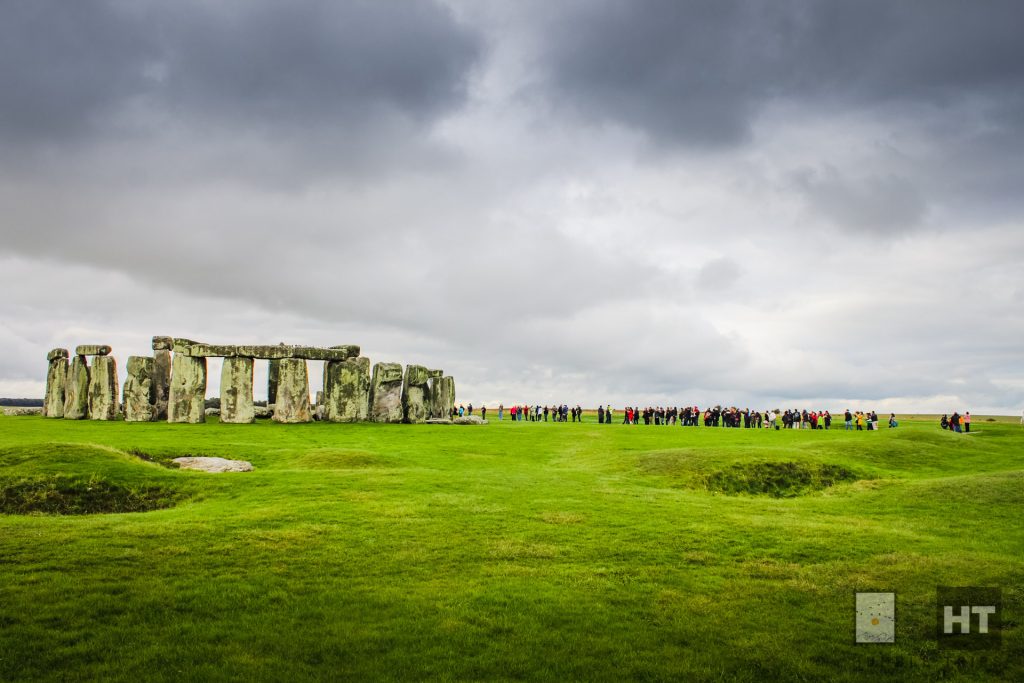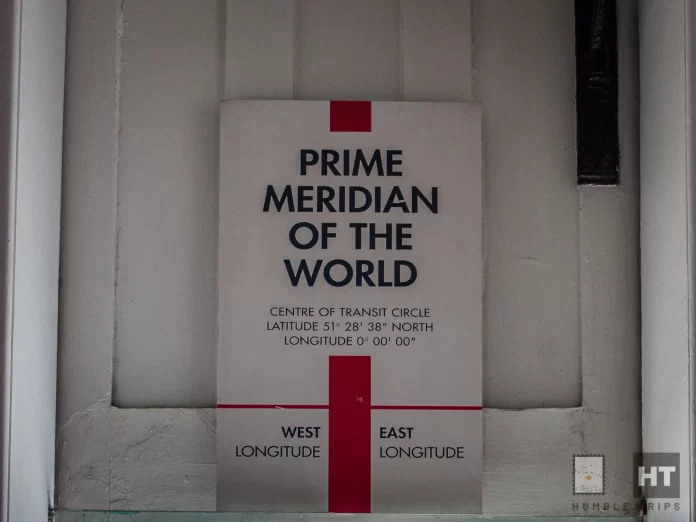Another amazing stop on our way to Tintagel. A remarkable prehistoric monument nestled in the English countryside, Salisbury, England. Constructed over 4,000 years ago, it has intrigued historians, scientists, and curious visitors ever since.
Getting to Stonehenge is a breeze. Start your journey by taking a train to the charming city of Salisbury in England. From there, hop on a local bus or arrange for a taxi ride to reach the Stonehenge Visitor Center.
What sets Stonehenge apart? Imagine colossal standing stones, some weighing a staggering 25 tons, arranged in a mesmerizing circular formation. The purpose of Stonehenge remains a subject of debate, with theories ranging from celestial alignments to spiritual ceremonies.
Amazing Theories and Mystery
The secret of Stonehenge is one of the most enduring mysteries in history. Despite extensive research and speculation, the true purpose and meaning behind this ancient monument remain elusive. However, several theories have emerged over the years, each offering a glimpse into the possible secrets of Stonehenge.
Is it an astronomical site ?
One prevailing theory suggests that Stonehenge served as an astronomical observatory, aligned with celestial events such as solstices and equinoxes. The careful positioning of the stones and their relationship to the movement of the sun and moon hint at a sophisticated understanding of celestial cycles by its builders.
Is it a sacred spiritual site ?
Another theory proposes that Stonehenge was a sacred site for religious or spiritual ceremonies. The circle’s unique design, the arrangement of the stones, and the presence of burial mounds nearby allude to rituals and ceremonies conducted by ancient communities. Some believe that Stonehenge was a place of healing or pilgrimage, where people sought spiritual enlightenment or connection with the divine.
Its construction required significant resources and labor, and it is possible that its purpose was to display the might and influence of the ruling elite of that time. Stonehenge’s imposing presence and enigmatic design may have served as a statement of status and dominance.
The truth is, the secret of Stonehenge may never be fully unraveled. Its builders left no written records, and the passage of time has obscured much of its original purpose. Stonehenge continues to captivate and intrigue, inviting us to contemplate the mysteries of our ancient past and the ingenuity of those who came before us. The secret of Stonehenge, for now, remains locked within its ancient stones, waiting to be discovered by future generations.











